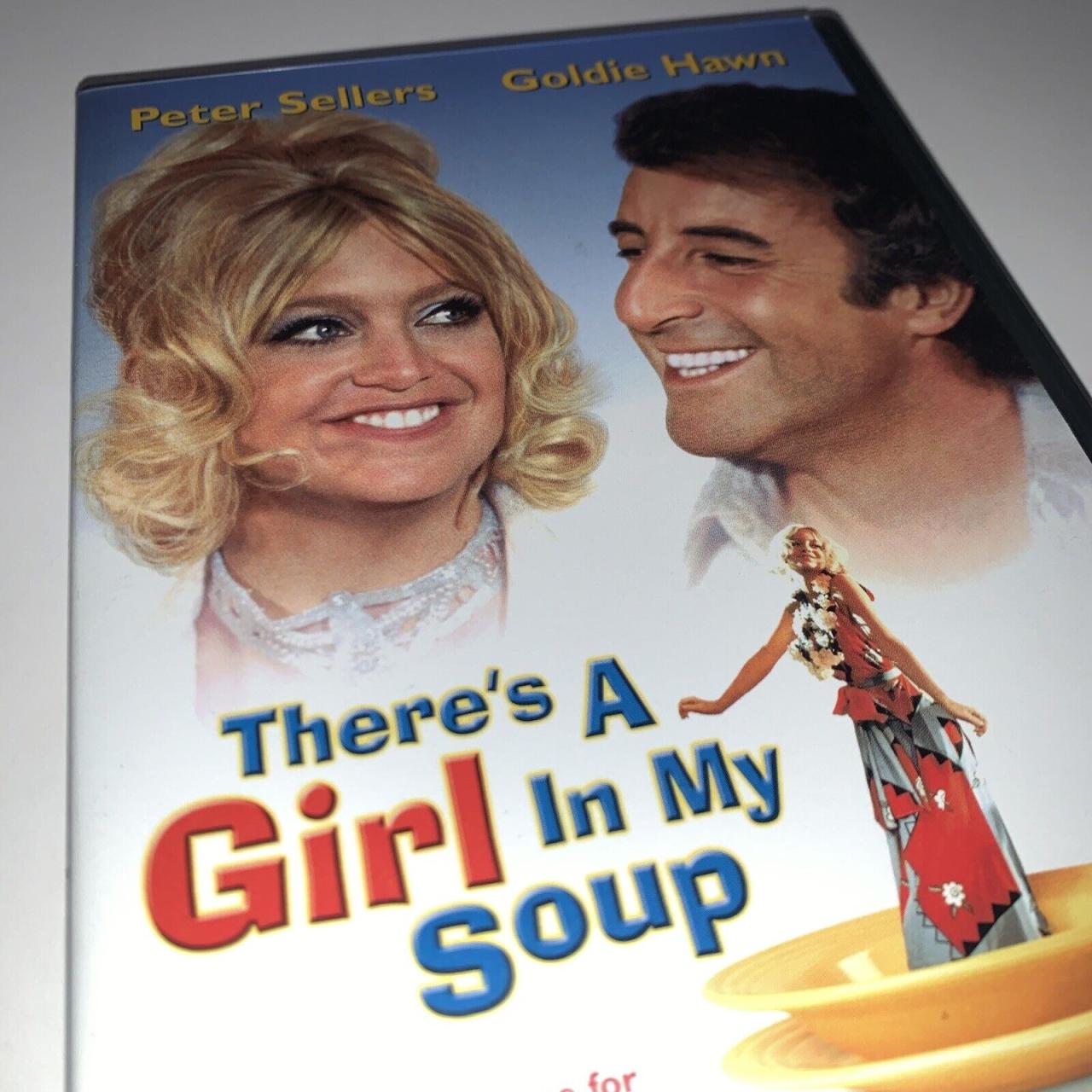Jack and Jill game, a seemingly simple children’s rhyme, holds a surprising depth of cultural significance and historical evolution. This guide explores its various forms, interpretations, and lasting impact, from its origins to modern reimaginings. We’ll delve into the rules, variations, and even potential educational benefits, offering a complete picture of this timeless pastime.
We’ll examine how the game’s simple structure lends itself to diverse interpretations, ranging from a straightforward narrative to a metaphorical representation of societal dynamics or even a commentary on childhood experiences. We’ll also look at how different cultures have adapted and reinterpreted the game over time, highlighting its remarkable adaptability and enduring appeal.
Understanding the “Jack and Jill Game”

The “Jack and Jill” game, while seemingly simple, encompasses a range of interpretations and variations across different cultures and time periods. Its origins are obscure, but its enduring presence in children’s rhymes and games suggests a deep-rooted cultural significance.
Definition and Historical Origins
The core “Jack and Jill” game typically involves two children, one representing Jack and the other Jill, working together to achieve a common goal, often fetching water from a well. Variations exist, however. In some versions, the goal might be collecting flowers, playing a game of tag, or completing a simple task collaboratively. Regional differences might involve specific rhymes or rules adapted to local contexts.
Pinpointing its exact origins is difficult, with some suggesting links to ancient folk tales or rituals involving water collection or collaborative tasks. Its evolution likely involved gradual adaptation and incorporation into various cultural settings.
Remember the Jack and Jill game? It’s all about teamwork and coordination, right? Think about how crucial coordination is in bigger things, like the safe operation of an aircraft; for example, the devastating impact of the Jeju air plane crash highlights the importance of flawless teamwork and safety procedures. Just like Jack and Jill needed each other to succeed, so too do pilots and air traffic control.
So next time you play Jack and Jill, remember the bigger picture!
Rules and Gameplay Mechanics
The basic rules are generally straightforward: two players cooperate to accomplish a set task. This might involve carrying a pail of water (real or imaginary) together, mimicking the actions of climbing a hill or fetching water. The game often incorporates a repetitive rhyme, enhancing the rhythmic and playful nature of the activity. Variations may include adding obstacles, setting time limits, or incorporating scoring systems.
Remember the classic Jack and Jill game? It’s all about teamwork and coordination, right? Well, think about the intense pressure in a completely different context – like the deadly competition shown in 3 squid game. The stakes are obviously much higher there, but both games highlight the importance of cooperation (or lack thereof) in achieving a goal, whether it’s fetching water or surviving a brutal challenge.
Ultimately, Jack and Jill’s simple game offers a surprisingly relevant comparison.
In some contexts, the game may be adapted to involve larger groups of children, fostering teamwork and coordination on a larger scale.
Cultural Significance and Interpretations

The “Jack and Jill” game holds symbolic meaning beyond simple play. Its interpretations vary widely depending on cultural context and individual perspective.
Symbolism and Interpretations
The game can be seen as a representation of cooperation, teamwork, and shared goals. The collaborative nature of the activity emphasizes the importance of working together to achieve a common objective. Some might interpret the rhyme and the act of fetching water as a metaphor for life’s challenges and the need for mutual support. Other interpretations might focus on gender roles, with Jack and Jill representing traditional societal expectations.
The diverse interpretations highlight the game’s capacity to resonate with different cultural values and perspectives.
Variations and Adaptations of the Game: Jack And Jill Game
The “Jack and Jill” game, while retaining its core theme of collaboration, has seen numerous adaptations across various cultures and time periods. These variations reflect the diverse ways in which societies have interpreted and integrated the game into their own cultural contexts.
Table of Variations, Jack and jill game
| Name | Region of Origin | Key Differences in Rules | Notable Features |
|---|---|---|---|
| Classic Jack and Jill | Worldwide | Two players cooperate to fetch water; rhyme is often incorporated. | Simple rules, emphasizes teamwork. |
| Jack and Jill Relay Race | Various | Teams of two compete to complete a water-fetching task, often involving obstacles. | Competitive element, fosters team strategy. |
| Jack and Jill Treasure Hunt | Various | Two players work together to find hidden objects using clues. | Problem-solving skills, enhances cognitive development. |
Gameplay Mechanics Comparison
The classic version emphasizes simple cooperation. The relay race introduces competition and strategy, requiring players to coordinate their actions efficiently. The treasure hunt variant adds problem-solving and deductive reasoning, demanding a more complex interaction between the two players. These differences highlight the versatility of the game’s underlying framework and its adaptability to different developmental stages and learning objectives.
Okay, so you’re playing Jack and Jill, right? That classic game of fetching water. Imagine, though, if instead of a pail, Jill was carrying a top-secret dossier about the South Korean superstar, lee byung-hun. The stakes are suddenly much higher! Jack better watch out – spilling that info would be a disaster. Back to the game: remember to take turns and be careful not to fall!
The Game’s Impact on Children’s Development
The “Jack and Jill” game, despite its simplicity, offers several benefits for children’s development.
Educational and Developmental Benefits
Playing “Jack and Jill” helps children develop essential social-emotional skills. It encourages teamwork and cooperation by requiring players to work together to achieve a common goal. The shared experience promotes communication, negotiation, and conflict resolution as children learn to coordinate their actions and resolve disagreements. The game also strengthens problem-solving skills, particularly in variations that involve obstacles or challenges.
Lesson Plan Example
A lesson plan could incorporate the “Jack and Jill” game to teach collaborative problem-solving. Children could be divided into pairs and given a task that requires teamwork, such as building a tower of blocks or solving a simple puzzle together. The teacher can guide them through the process, emphasizing the importance of communication and compromise. Following the activity, a discussion can be held to reflect on the challenges encountered and the strategies employed to overcome them.
This promotes reflective thinking and strengthens social-emotional learning.
Modern Representations and Reimaginings
The themes of cooperation and shared goals inherent in “Jack and Jill” continue to resonate in modern media and popular culture.
Modern Media and Reimagining
While not explicitly featured as a central theme, the spirit of “Jack and Jill” – collaboration to overcome obstacles – appears in many children’s stories and cartoons. Many collaborative video games also echo the spirit of teamwork central to the game. A contemporary reimagining could depict two friends working together on a science project, facing challenges and overcoming obstacles through cooperation.
The core theme of shared effort and success can be easily adapted to modern settings.
Contemporary Narrative Example
Maya and Liam, two bright students, were tasked with building a robot for a school competition. Initially, they faced disagreements on the design and functionality. However, through open communication and compromise, they combined their strengths. Maya’s artistic skills created an aesthetically pleasing design, while Liam’s technical expertise ensured the robot’s functionality. Their collaborative effort resulted in a successful robot, demonstrating that teamwork and mutual respect could overcome individual differences and achieve a shared goal, mirroring the spirit of the original “Jack and Jill” game.
Visual Representations of the Game
The “Jack and Jill” game lends itself well to various visual interpretations, capturing the essence of its themes and narrative.
Detailed Illustration

An illustration might depict Jack and Jill, dressed in simple, rustic clothing, ascending a gently sloping hill towards a well. Jack, perhaps slightly taller, carries one end of a wooden pail, while Jill, with a determined expression, supports the other. The setting is a sun-drenched countryside, with lush greenery and wildflowers scattered around. The overall mood is one of cheerful cooperation and shared effort, highlighting the positive aspects of their collaborative task.
The children’s expressions are joyful, reflecting the pleasure of working together. The scene conveys a sense of warmth and optimism.
Storyboard for Animated Sequence

A storyboard could focus on a key moment: Jack and Jill reaching the top of the hill, their faces flushed with exertion but filled with satisfaction as they successfully lower the pail into the well. The animation would highlight the teamwork involved, showing the synchronized movements and mutual support between the two characters. The background could transition from the initial climb to the well’s location, emphasizing the progress and achievement.
Board Game Visual Elements
- Game board depicting a winding path leading to a well.
- Jack and Jill game pieces, possibly sculpted wooden figures.
- Cards representing challenges or obstacles (e.g., a slippery slope, a broken bucket).
- Tokens representing water collected.
- A die or spinner to determine movement.
Final Thoughts
From its humble beginnings as a simple rhyme to its modern reimaginings in media and popular culture, the Jack and Jill game continues to capture imaginations and spark discussions. Its enduring appeal lies in its simplicity, adaptability, and ability to reflect different cultural values and societal interpretations. Understanding its rich history and diverse adaptations offers a fascinating glimpse into the evolution of play and the enduring power of childhood narratives.
Essential Questionnaire
What are some common injuries associated with playing Jack and Jill games (like the literal hill-climbing version)?
Falls, scrapes, and bruises are common. Always supervise children and ensure a safe playing environment.
Is there a competitive element to the traditional Jack and Jill game?
Not typically. The focus is usually on cooperation and shared experience rather than competition.
How can the Jack and Jill game be adapted for older children or adults?
The basic concept can be adapted into team-building exercises, problem-solving scenarios, or even creative storytelling prompts.
Are there any modern interpretations of the Jack and Jill story that have a darker or more complex theme?
Yes, some modern retellings explore themes of gender roles, societal expectations, or even darker elements, contrasting with the traditional innocent narrative.
